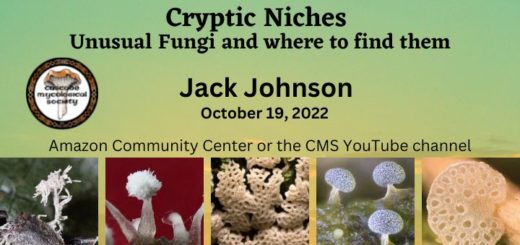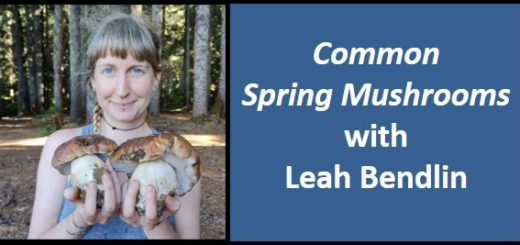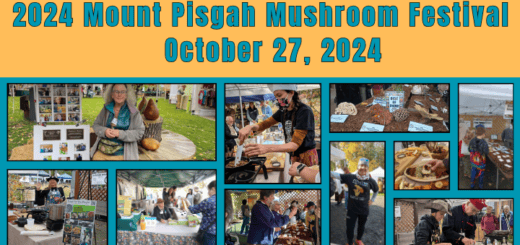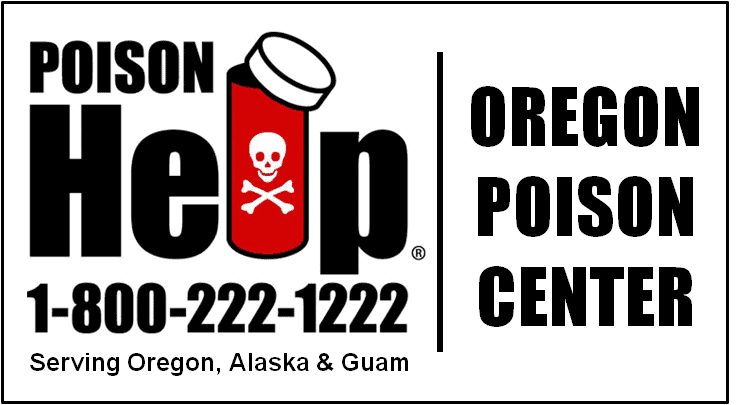Wanted: West Coast Porphyrellus
CALLING ALL MYCOPHYLES, WE NEED YOUR HELP!

Dr. Dennis E. Desjardin and Catherine Callaway are currently conducting a research project to determine the correct names for our west coast species of the bolete genus Porphyrellus. The entities we are looking for have been described as follows:
- Cap: Velvety or felted, dark brown, blackish brown or dark olive-brown
- Pores: Light brown, vinaceous brown, dark brown or olive-brown; Bruising blue, purplish brown or not bruising
- Stem: Apex brown or dark brown, longitudinally streaked, ridged or reticulate (net-like); bruising like pores or not bruising
- Cap and stem flesh: When exposed slowly turning pink, grey or blue, or a combination of these colors
- KOH Reactions: (3% potassium hydroxide, a strong base) when applied turns red or brown on cap surface and flesh
- Habitat: Associated with pine, spruce or Douglas fir
Note the variability reported for each of these features. In various mushroom field guides, the taxa have gone under the names Porphyrellus porphyrosporus (= Tylopilus porphyrosporus), Porphyrellus pseudoscaber (=Tylopilus pseudoscaber), Porphyrellus olivaceobrunneus (= Boletus olivaceobrunneus), Porphyrellus atrofuscus and Porphyrellus pacificus (= Tylopilus pacificus). Many authors recognize all of these names as synonyms, and use P. porphyrosporus as the oldest valid name. Other authors recognize several distinct species. Of these names, P. porphyrosporus and P. pseudoscaber (considered synonyms by most authors) were described from Europe, while the other three species were described from the west coast.
Our questions are:
- Do we have one or several species on the west coast of the US?
- Does the European P. porphyrosporus occur here?
- What is(are) the correct name(s) for west coast Porphyrellus?”
You can help us solve this taxonomic riddle. We would like to obtain recently collected specimens from WA, OR and CA to compare with material from the eastern US and Europe.
What we need:
- Notes on the macro-morphological features reported above (color, surface features and staining reactions of the cap, pores, and stem; type of conifer associate).
- If possible, good photographs of all parts of the mushroom.
- After collecting and taking notes, cut the material lengthwise into several pieces, and dry on a vegetable dryer.
- Package into a zip lock bag, place in a cardboard box and ship to us at:

We will use your material to determine all micro-morphological features, and we will sequence several genes for phylogenetic analyses. Your material will be deposited into the H.D. Thiers Herbarium (SFSU) at San Francisco State University where it will be available for future study by other researchers around the world. When we publish the results, you will be acknowledged for your contribution to the project. We cannot be everywhere on the west coast during the mushroom season, and with more eyes looking for Porphyrellus, more material can be discovered to study, thereby allowing for better taxonomic decisions and a better understanding of the biology and evolution of this/these beautiful species.
We are particularly interested in material from the following areas: 1) under conifers from the Lower Tahoma area of Mt. Rainier Nat. Park, Pierce County, WA, type locality of T. pacificus; 2) under spruce near Siletz, Lincoln County, OR, type locality of B. olivaceobrunneus; and 3) under pines, Inverness, Marin County, CA, type locality of P. atrofuscus.
Thank you for helping us advance science, Dr. Dennis E. Desjardin and Catherine Callaway





